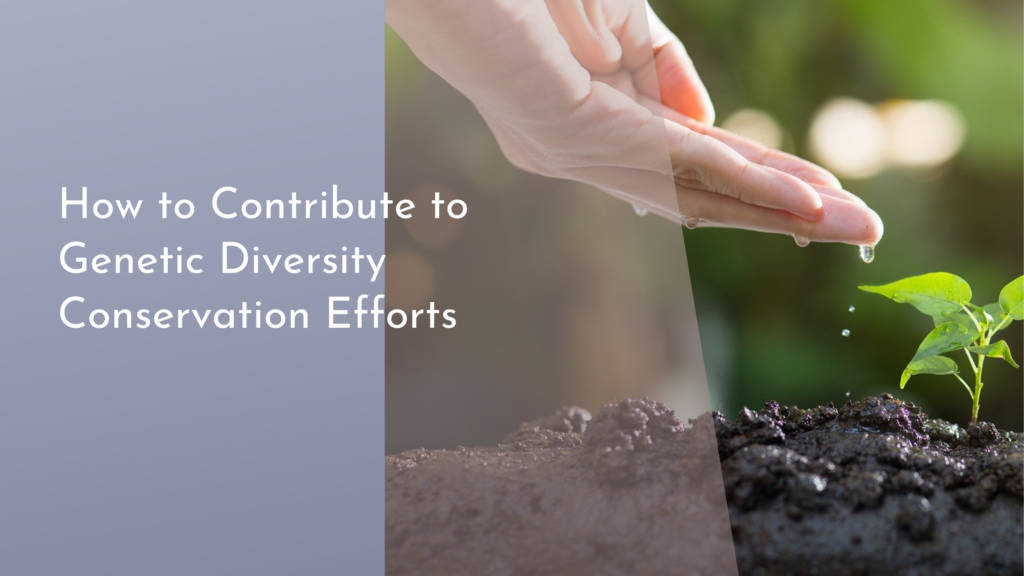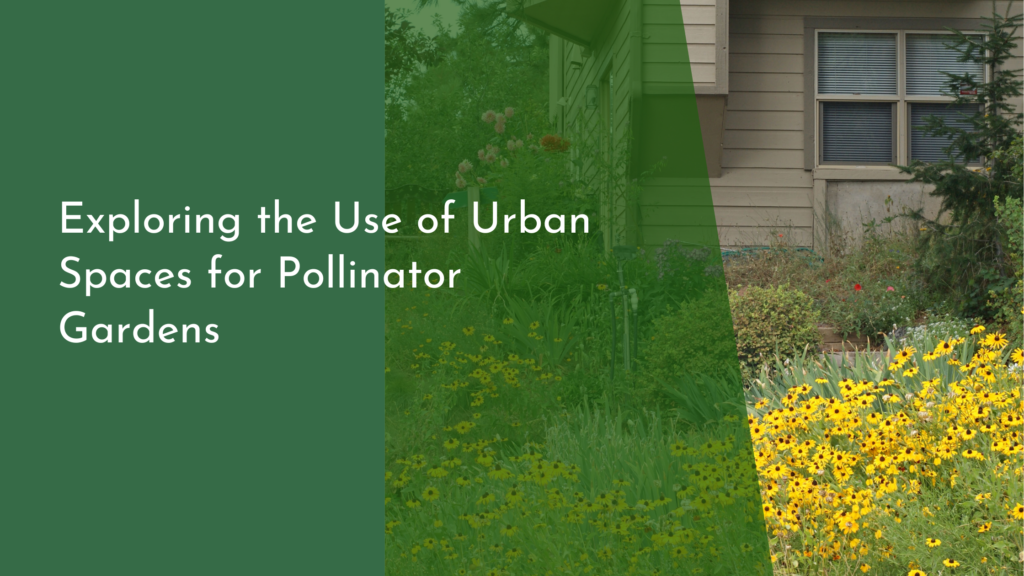Creating a Green Living Community: How to Get Started
Creating a green living community is a rewarding endeavor that not only fosters a healthier environment but also cultivates a sense of belonging and shared purpose among its members. As the world increasingly recognizes the necessity of sustainable practices, communities have the unique opportunity to lead by example. Whether you’re starting from scratch or transitioning an existing neighborhood, the journey toward sustainability begins with understanding, planning, engaging, and implementing.
Understanding Green Living Communities
Green living communities are designed with the primary goal of reducing environmental impact while enhancing the quality of life for their residents. These communities prioritize sustainable practices such as energy efficiency, waste reduction, water conservation, and the use of renewable resources. The focus is not only on individual actions but also on creating a cohesive system that supports and amplifies these actions at a community level.
Understanding the principles of a green living community involves recognizing the interconnectivity of various sustainable elements. For instance, developing local food systems through community gardens, promoting sharing economies, and encouraging public or non-motorized transportation options all contribute to reducing the community’s carbon footprint. This holistic approach ensures that sustainability is woven into the fabric of daily life and not just an occasional effort.
Planning Your Sustainable Space
Before embarking on the journey to create a green living community, it’s crucial to set clear goals and objectives. Begin with assessing the existing resources and identifying areas for improvement. This might involve conducting an environmental audit to understand the community’s current energy consumption, waste management practices, and water usage. Based on these findings, you can then prioritize initiatives that will have the most significant impact.
Designing the community layout plays a vital role in sustainability efforts. Incorporating green building techniques, such as passive solar designs, high-performance insulation, and natural ventilation, can significantly reduce energy demands. Additionally, planning for green spaces, such as parks and gardens, not only enhances the community’s aesthetic appeal but also improves air quality and promotes biodiversity.
Engaging and Educating the Community
A green living community thrives on active participation and shared knowledge among its members. Engaging residents begins with open communication and inclusivity, ensuring that everyone feels like a vital part of the initiative. Hosting regular meetings or workshops can provide a platform for discussion, allowing residents to share ideas, voice concerns, and contribute to decision-making processes.
Education is the cornerstone of fostering long-term commitment to sustainable practices. Organizing educational programs or events, such as eco-friendly workshops, sustainability fairs, or guest lectures from environmental experts, can spark interest and inspire action. When residents understand the positive impact of their collective efforts, they are more likely to embrace and sustain these practices over time.
Implementing Green Practices
Once the community is on board, it’s time to implement practical, sustainable solutions. Start small by encouraging habits like recycling, composting, and reducing single-use plastics. Providing the necessary infrastructure, such as recycling bins and compost stations, makes it easier for residents to participate in these initiatives.
Larger projects can include installing renewable energy systems, such as solar panels or wind turbines, which not only reduce carbon emissions but also cut energy costs. Community-supported agriculture (CSA) programs and local farmer’s markets can be established to support local food systems, reduce transportation emissions, and promote healthy eating habits. By gradually integrating these green practices, the community can steadily transition toward a more sustainable future.
Final Thoughts
Building a green living community is a journey that requires commitment, collaboration, and creativity. By understanding the principles of sustainability, planning effectively, engaging the community, and implementing green practices, any neighborhood can transform into a beacon of environmental stewardship. While the road to sustainability is ongoing and evolving, the rewards—both for the planet and its inhabitants—are immeasurable. Let’s embrace the challenge with optimism and work together to create a brighter, greener future for all.


